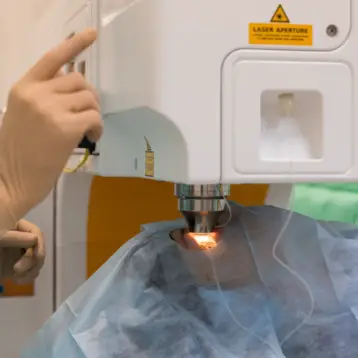The COVID-19 pandemic caused monumental changes in various sectors of society, including the health sector. Because the healthcare industry was unprepared, hospitals struggled during the peak of the pandemic. As a result, many healthcare organizations underwent transformations to avoid getting caught unawares should another pandemic occur.
Also, healthcare institutions have realized that some of the changes they are just adopting were long-overdue. With the new trends, they can deliver more value, increase operational efficiency, and drive down costs. Keep reading to discover the current trends in the health industry.
Telehealth
Telemedicine is one of the fastest-rising integrations in the healthcare industry. Now, most healthcare institutions offer telehealth service options for patients who prefer to meet through a video chat or via phone call. Some of the reasons telemedicine will not become obsolete after the pandemic ends are because of its efficiency, convenience, and cost-effectiveness. Healthcare facilities are able to keep their costs down and pass on more affordable bills to patients.
Also, healthcare institutions with virtual options are able to retain their current patients and gain new ones because people are more trusting of the integrity and efficiency of remote consultations. Patients who were hesitant to seek counseling for mental health-related issues due to stigma can now access the care they need without being physically present at a behavioral health practitioner’s office. In addition, telemedicine allows people living in rural parts of the country access to medical care from top practitioners in various specialties at more affordable rates. The patients no longer have to spend time and money traveling long distances for consultations.
The proliferation of telehealth solutions makes medical translation services a necessity for healthcare facilities. Since doctors do not have face-to-face interactions with all their patients, hospitals now translate a wide range of their communications and documentation into other languages. As a result, non-English speaking patients are able to access aftercare instructions, guides, and brochures, in their own languages. According to Responsive Translation, a medical translation company, ”Translation in healthcare settings allows for more effective communication and helps prevent costly misunderstandings.”
Technology
Integrated medical technologies have now transformed the way healthcare providers communicate with patients. One aspect of the health system that relies mainly on technology is remote patient monitoring (RPM). RPM is a new healthcare delivery method that uses technology to monitor patients and collect clinical data outside a traditional clinical care setting. Digital technology helps in capturing physiologic healthcare data such as blood glucose levels, blood pressure, pulse oximetry, and body weight from patients and transmitting it to healthcare providers for assessment.
Also, technology makes electronic healthcare records accessible and easy to organize. Doctors can now use cloud-based online health records to access patients’ medical histories. With such information, they can provide personalized care plans for their patients and spend less time gathering information manually from paper documents. Healthcare professionals also have more streamlined workflows due to faster internet and better connectivity.
Additionally, the medical internet of things (IoT) and artificial intelligence (AI) make it possible to have enhanced versions of traditional medical devices. These fast-growing fields help implement integrated applications, wearable medical devices, and monitors for healthcare needs. For instance, medical imaging used by pathologists, cardiologists, and radiologists to diagnose different medical conditions now uses AI to decipher large quantities of scans precisely and efficiently. Doctors can now get more accurate information on patients’ health conditions, identify specific diseases like cancer, and treat them on time and more efficiently. As IoT and AI technology advance, IoT and AI medical devices will become more affordable and easily accessible to more people, promoting health equity.
Personalization of Healthcare
People no longer leave everything about their healthcare to doctors; they try to actively participate in improving their own physical and mental health. As a result, there is more personalization in the health sector. For instance, people use calorie trackers, step-counters, and other nutrition and exercise applications to keep track of their health and address ailments holistically.
Also, individuals use gamification techniques to motivate themselves to exercise. They set personal motivating parameters on the apps to track their progress and compare themselves with other users on the gamification apps. Because healthcare applications collect data from users during each use, patients can share their health information from the apps with their doctors. Based on such information, healthcare providers can understand the type of personalized care their patients need. Additionally, because video-chatting with therapists has become popular, individuals create profiles on online platforms to look for therapists that will best suit their budgets and needs.










